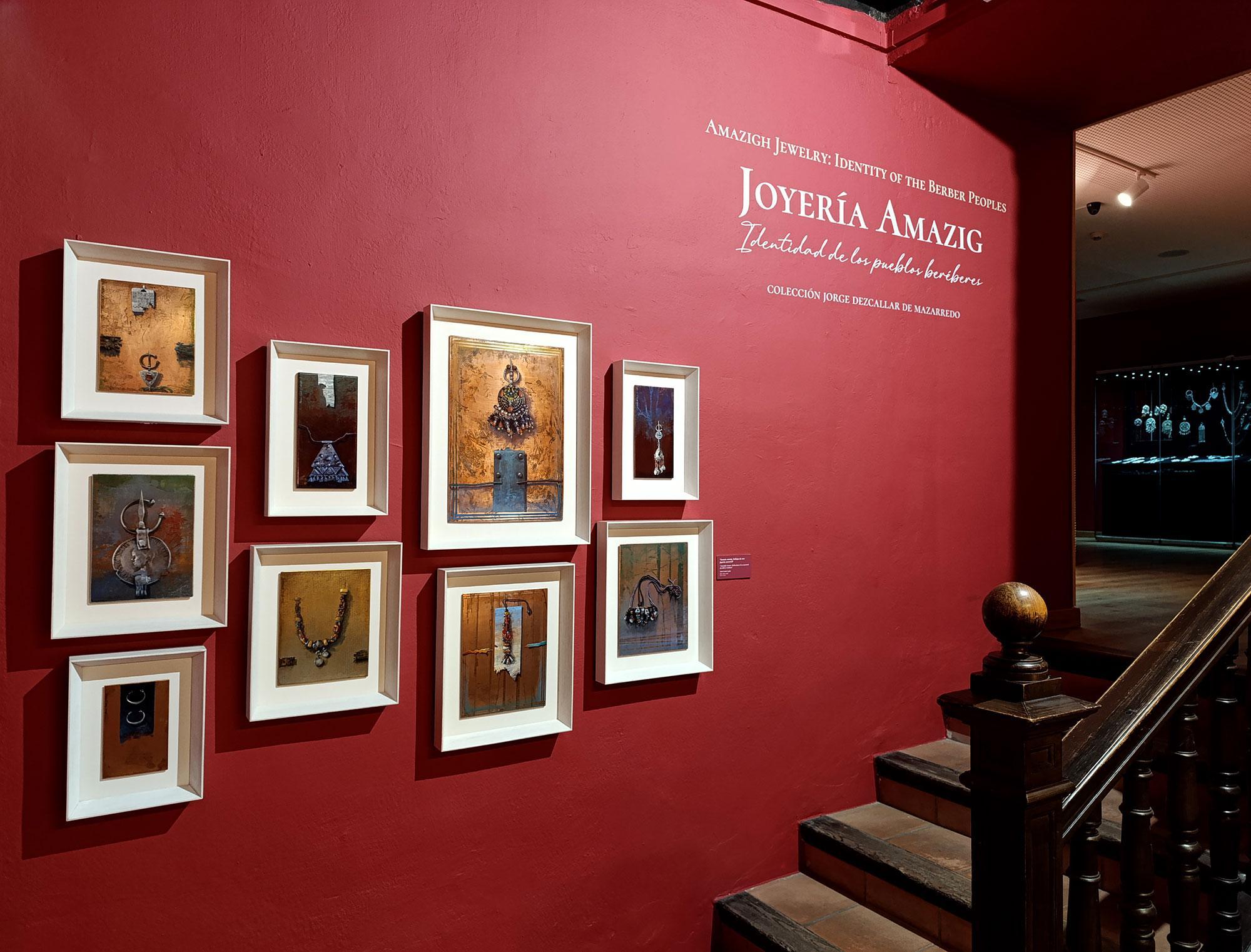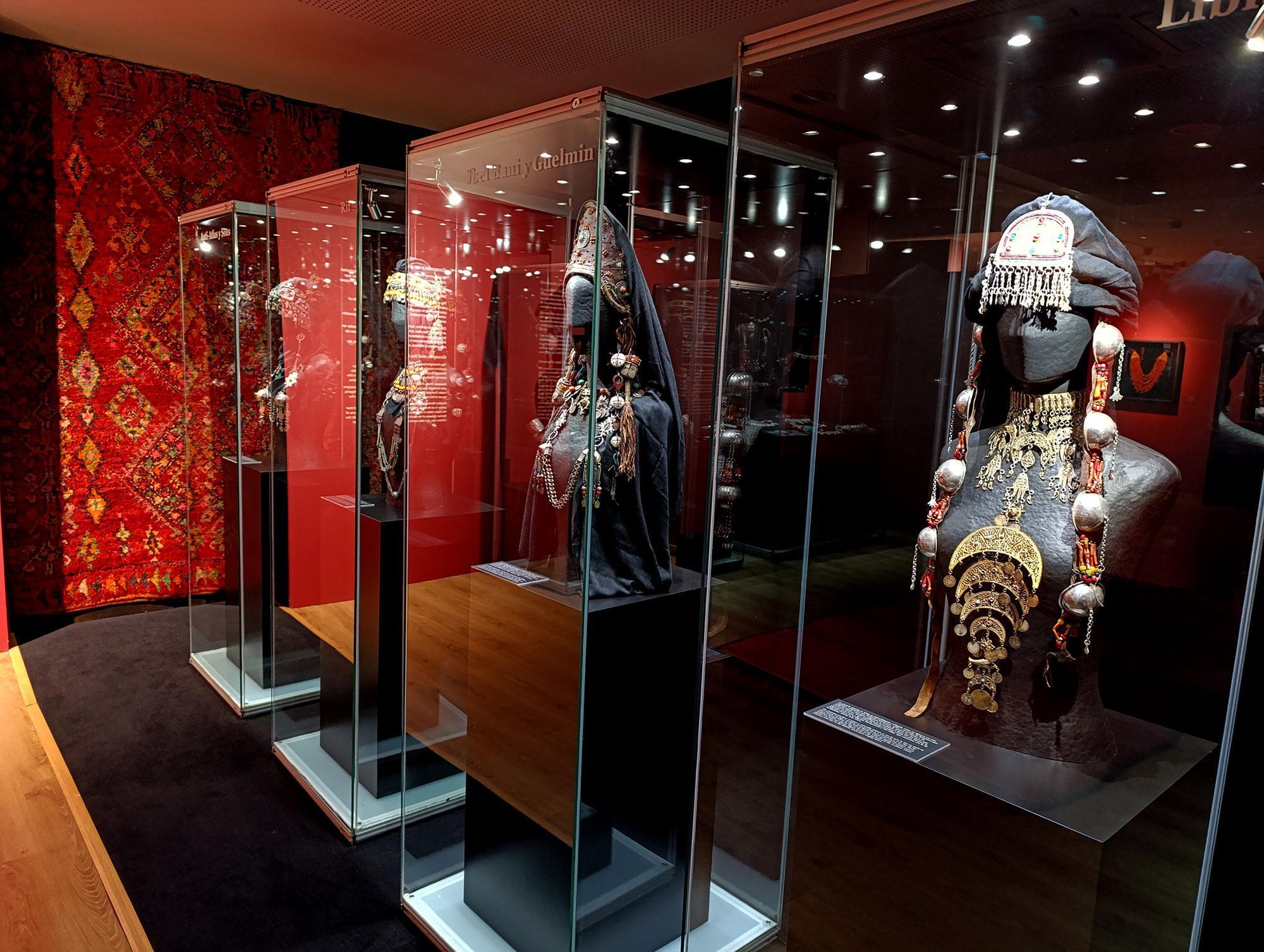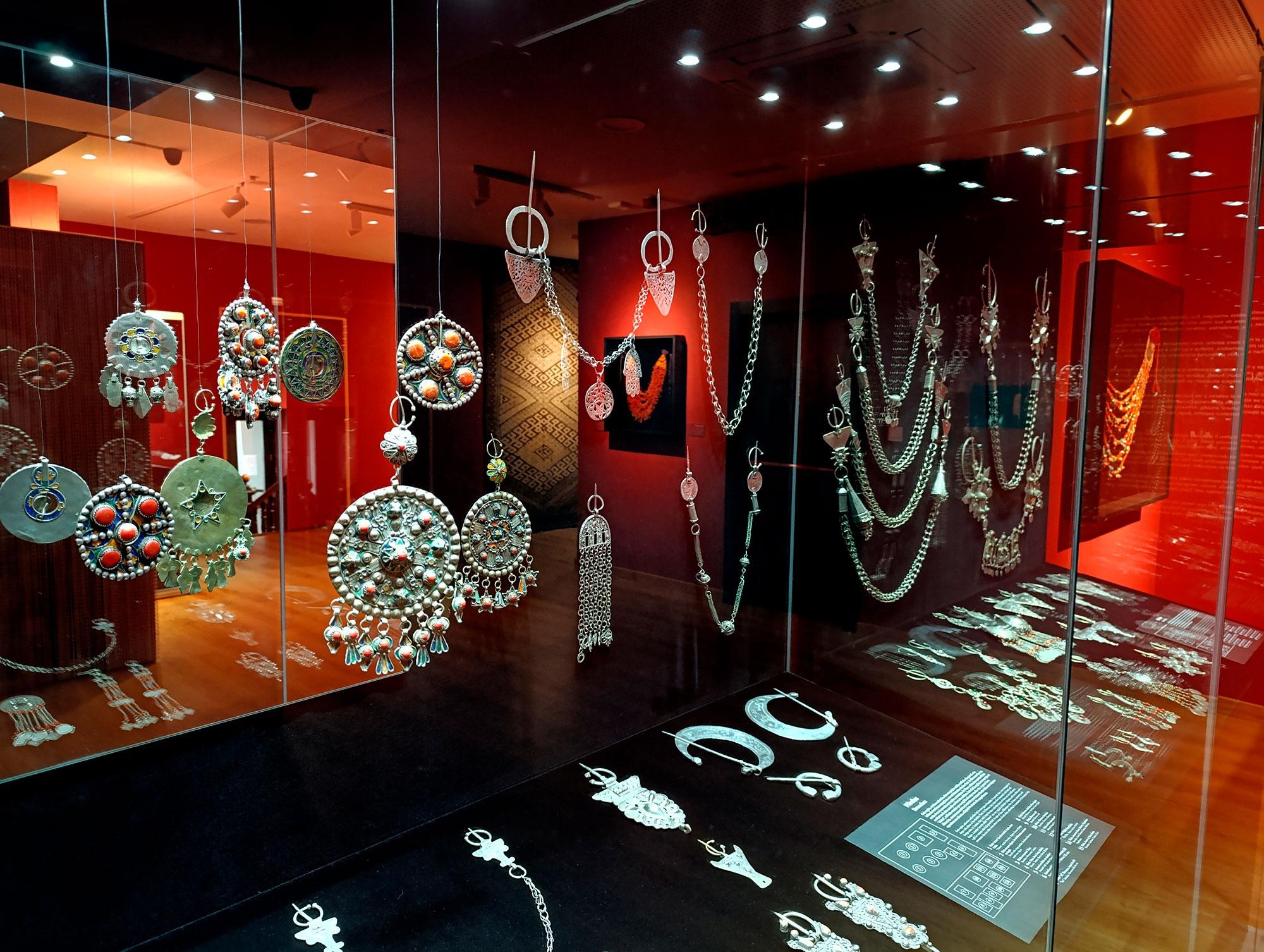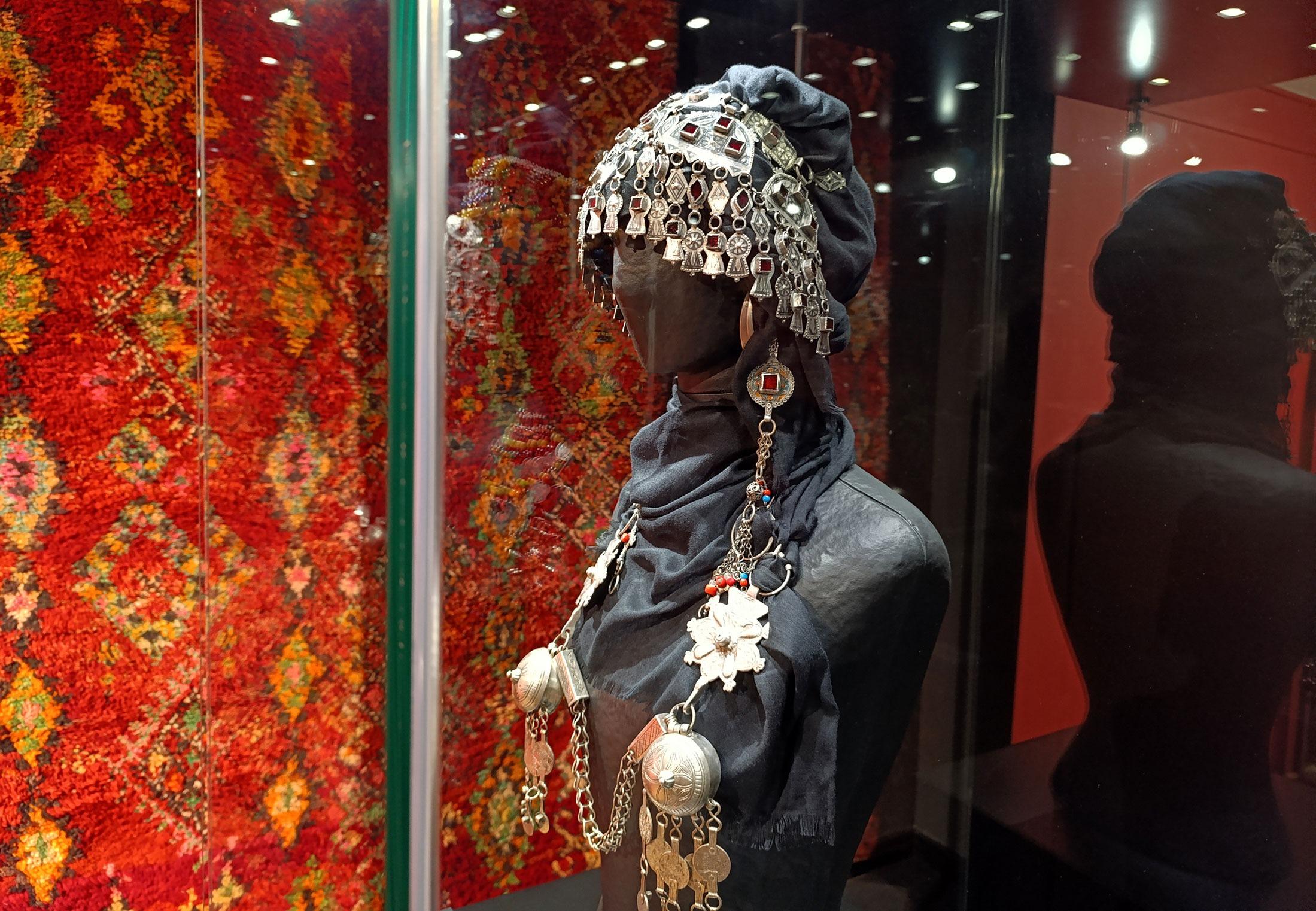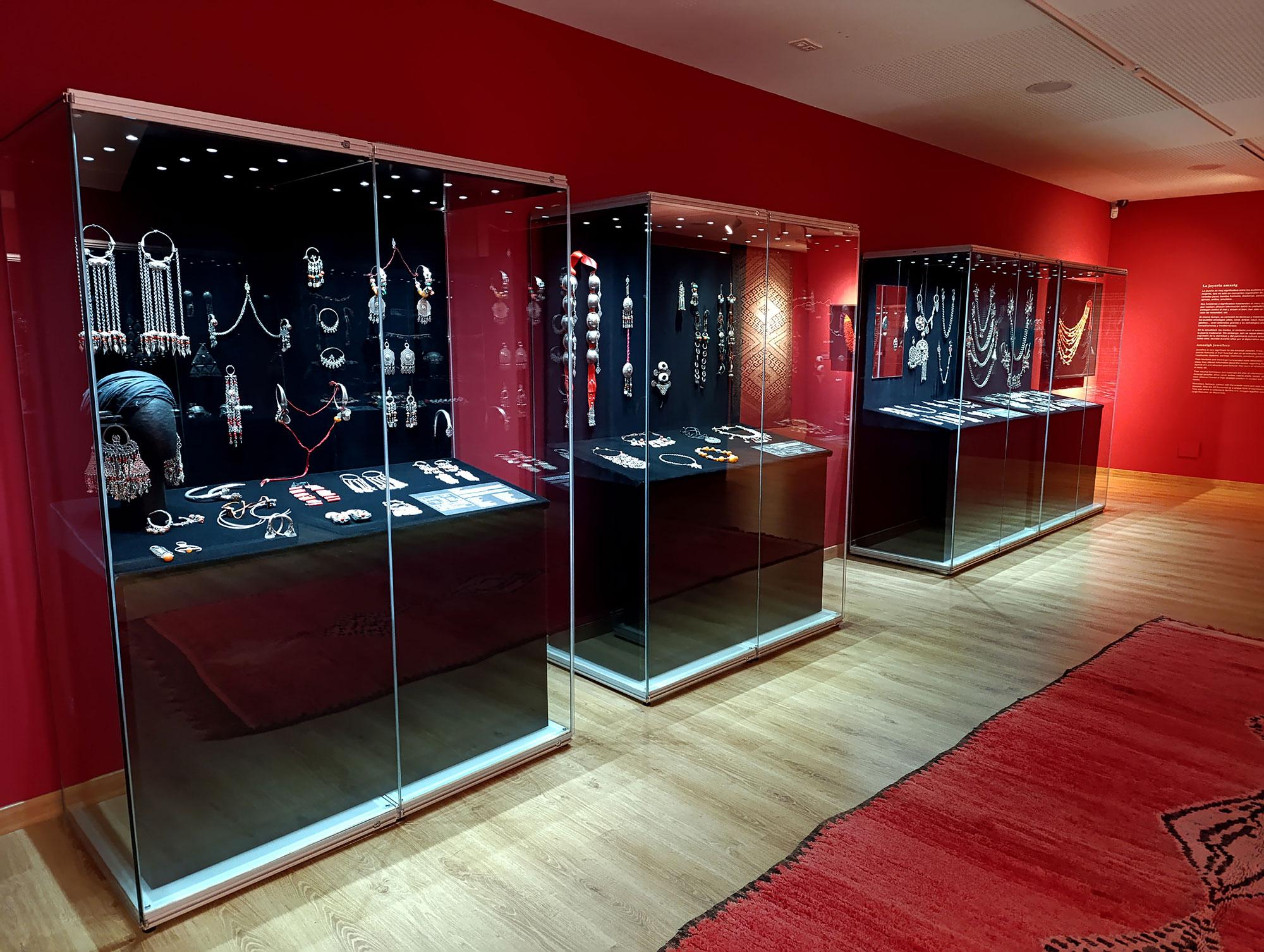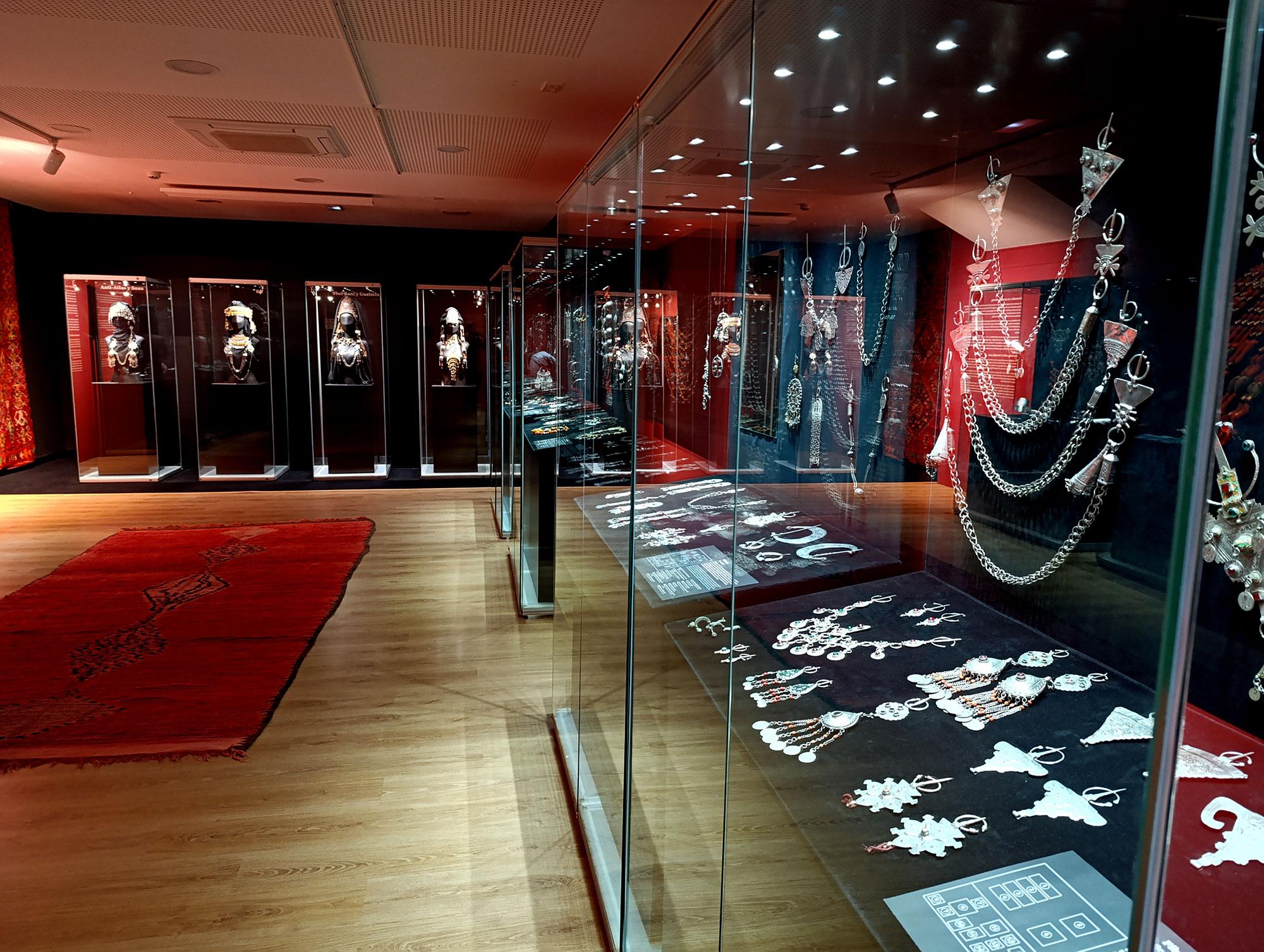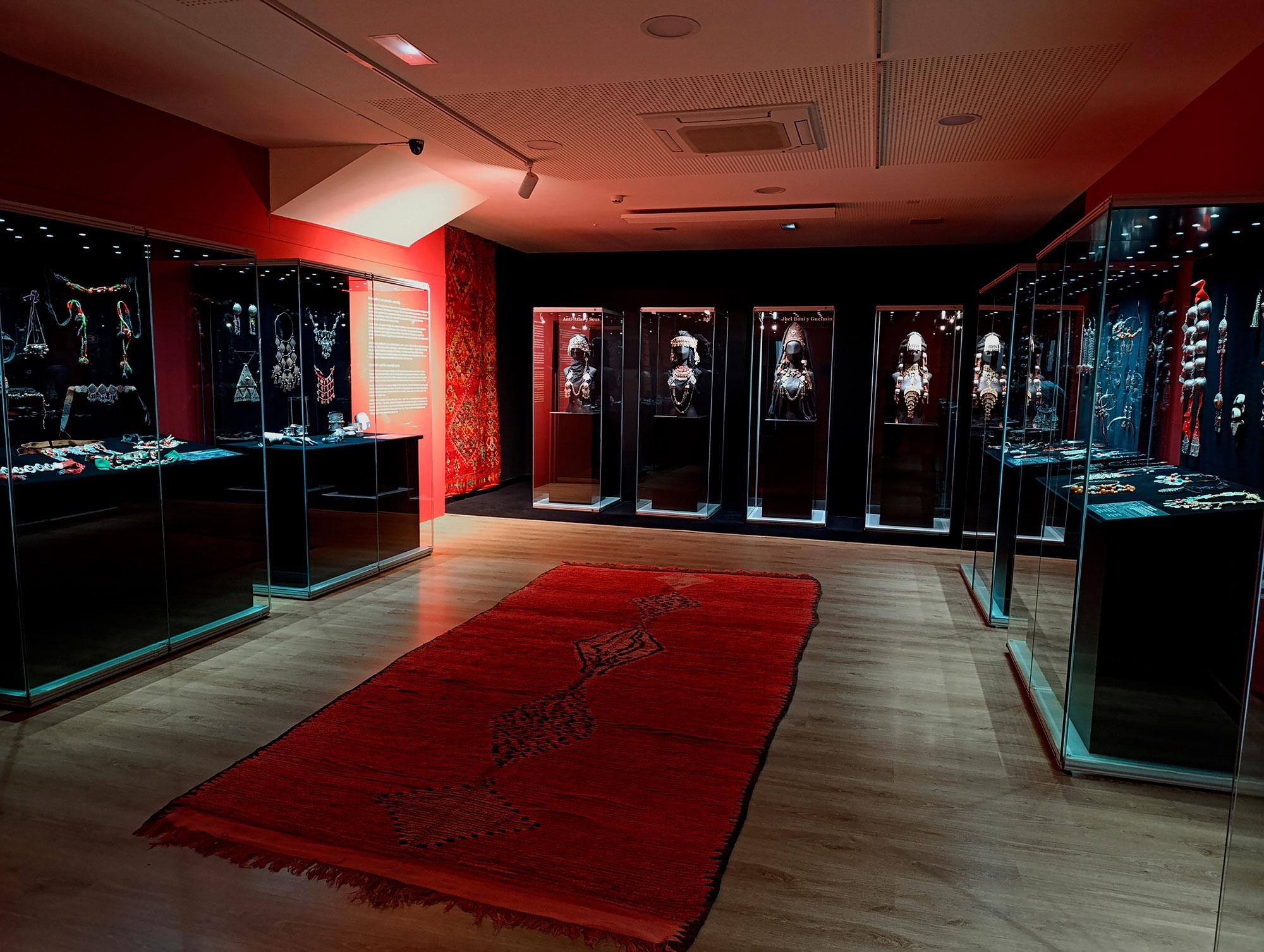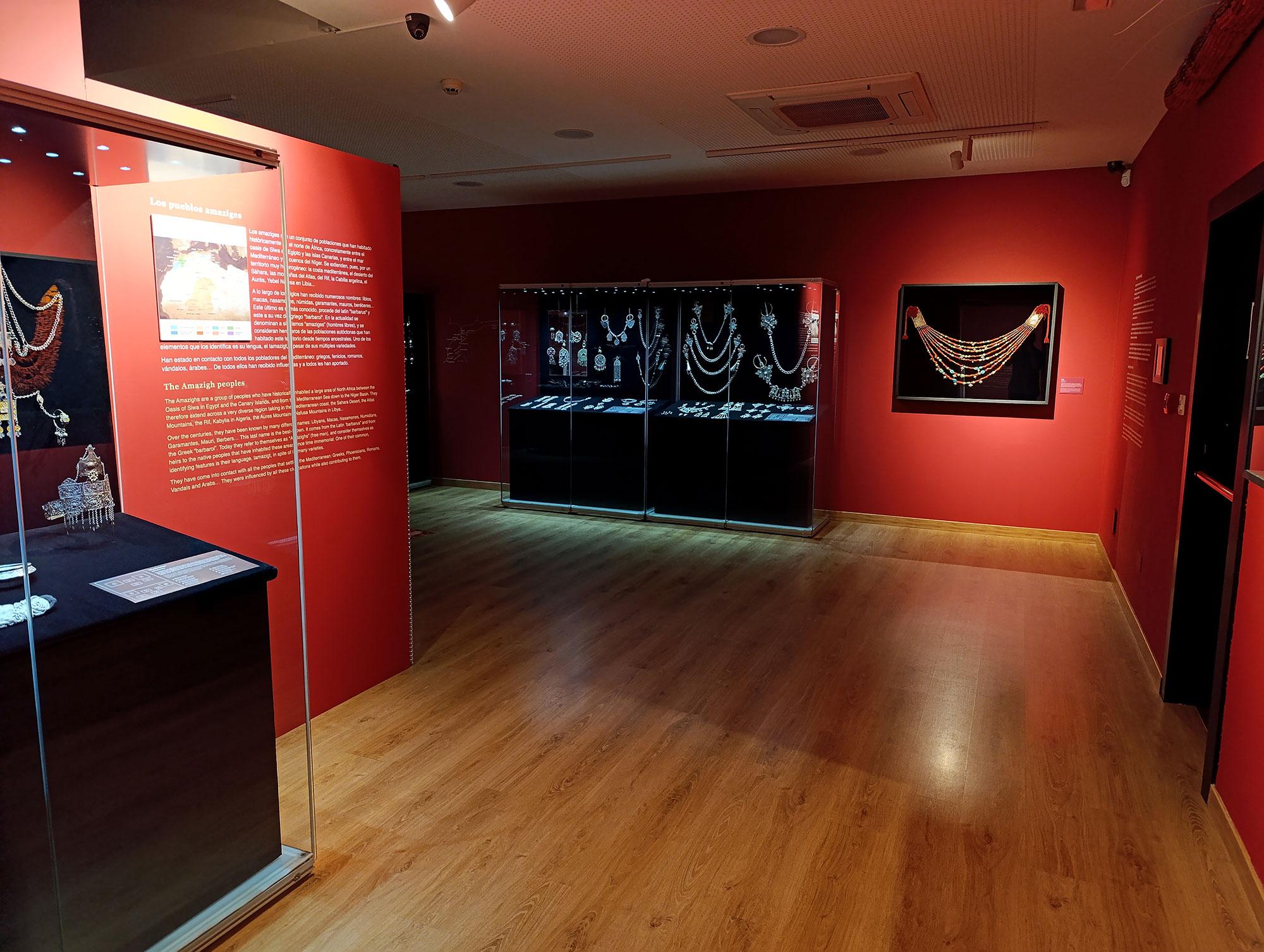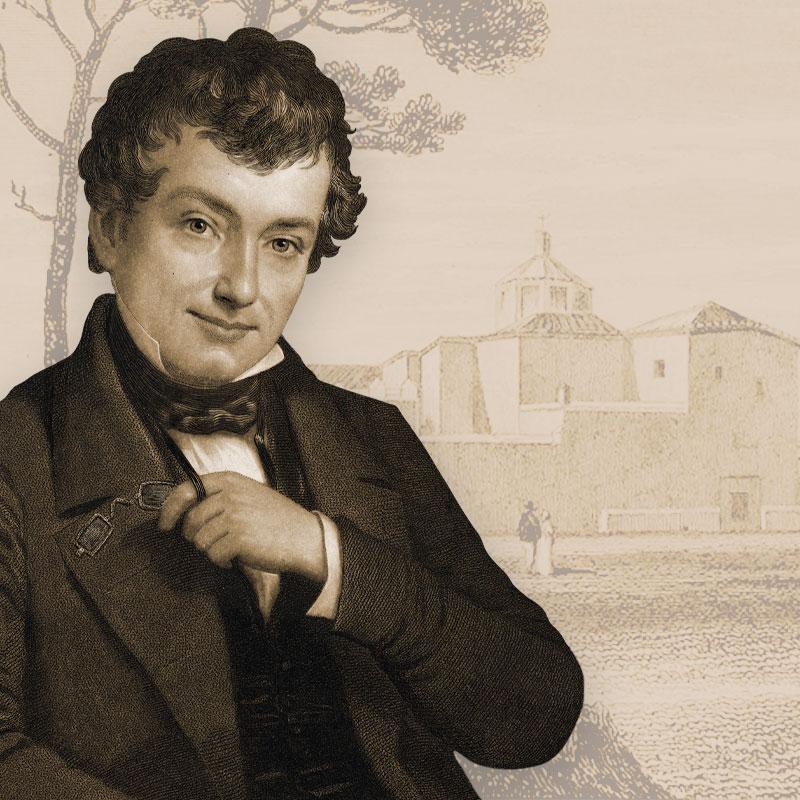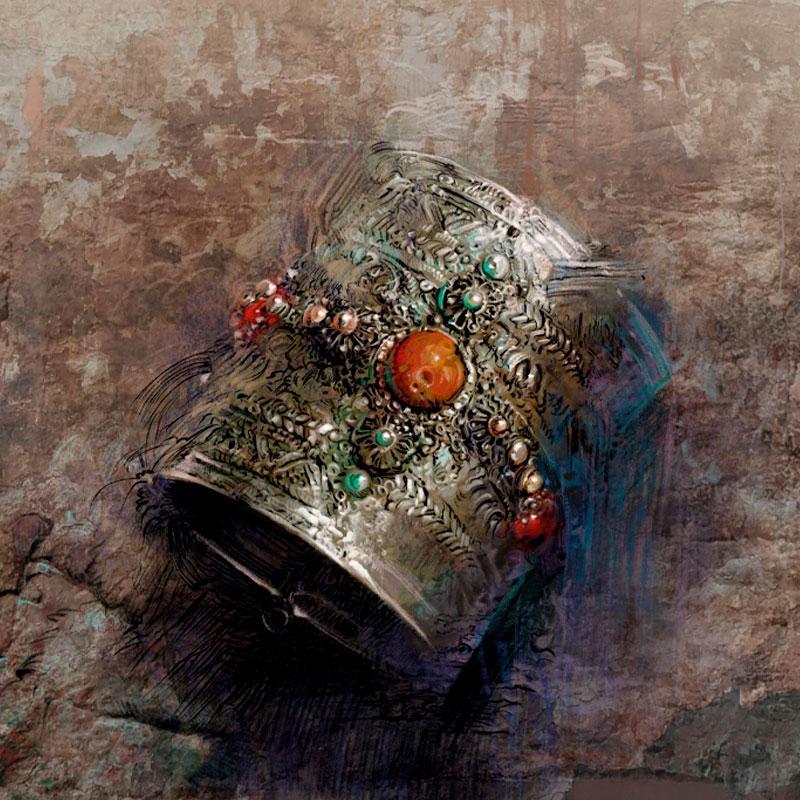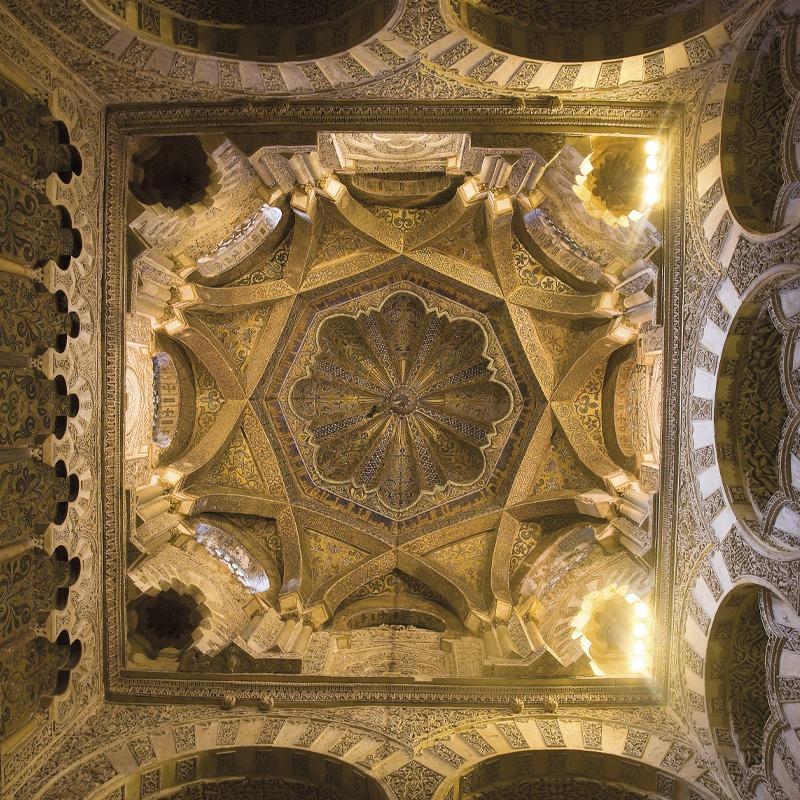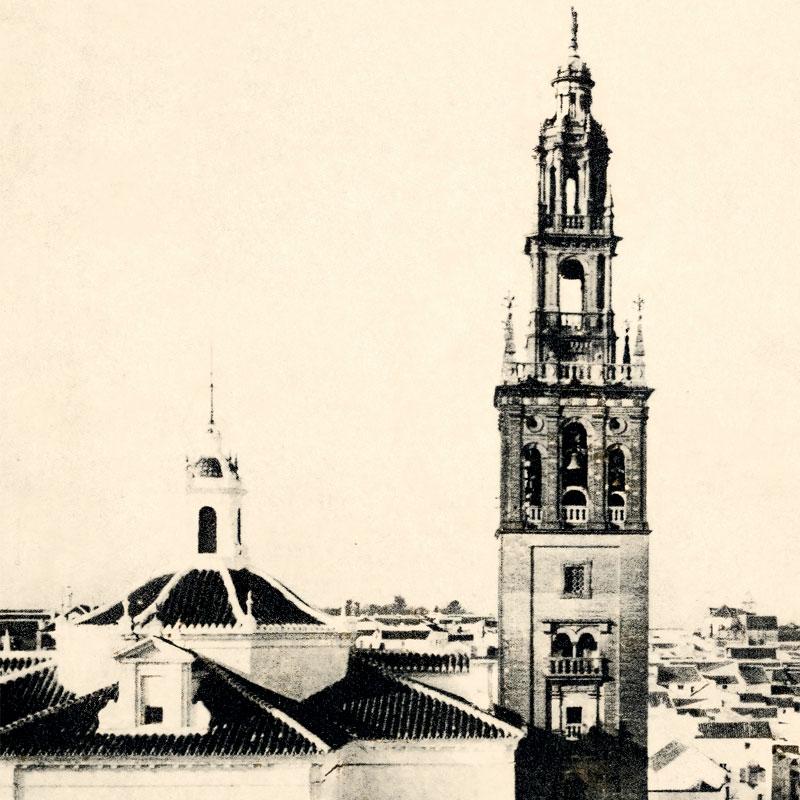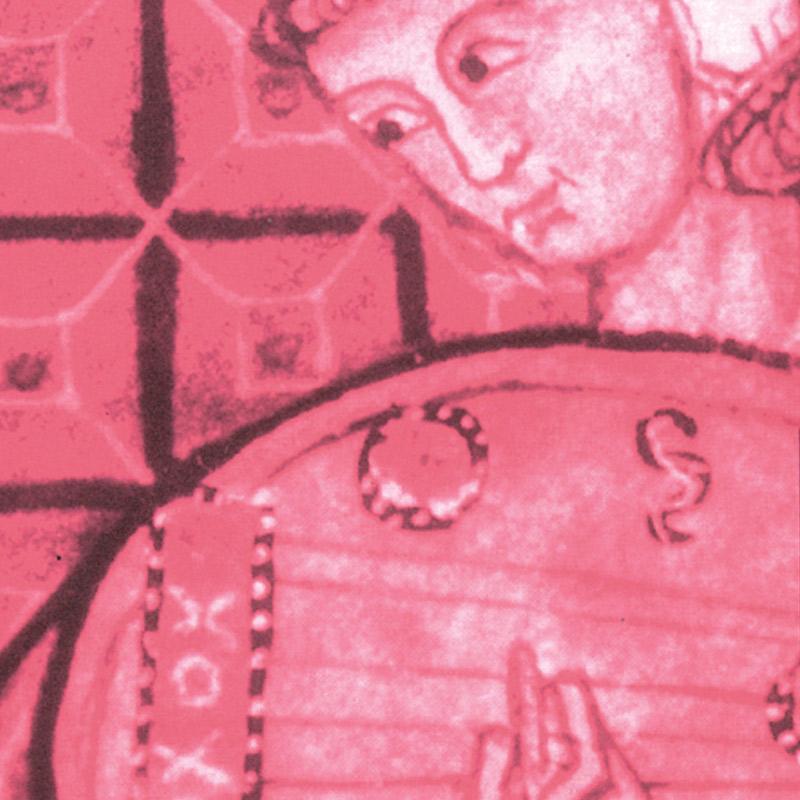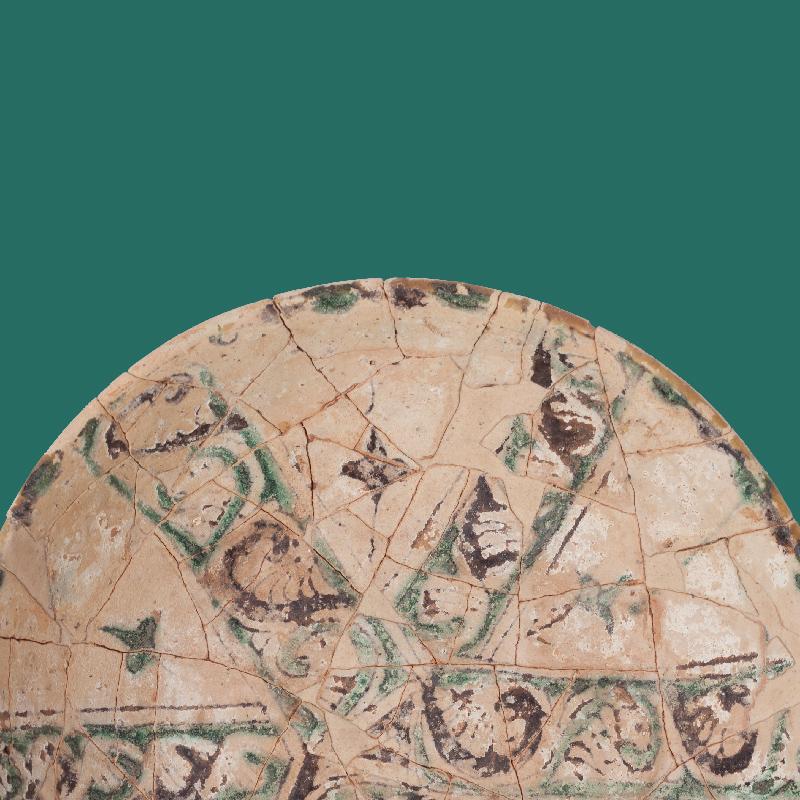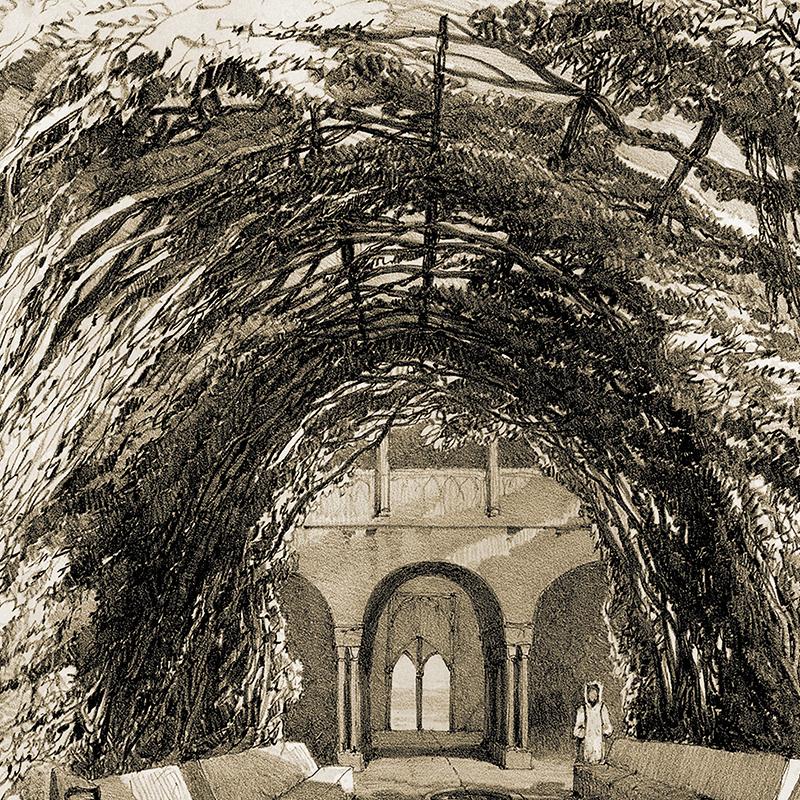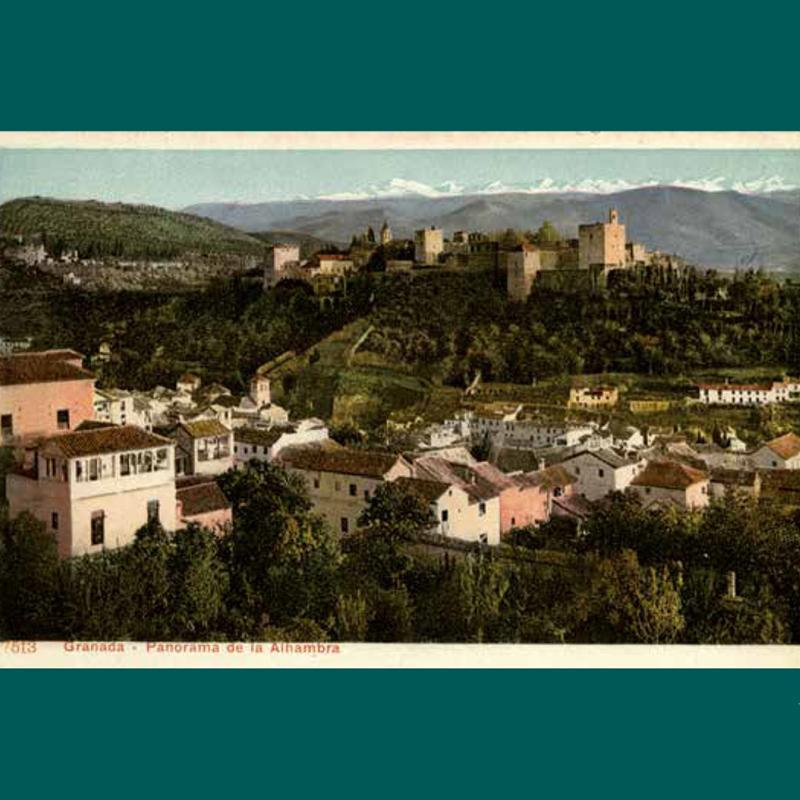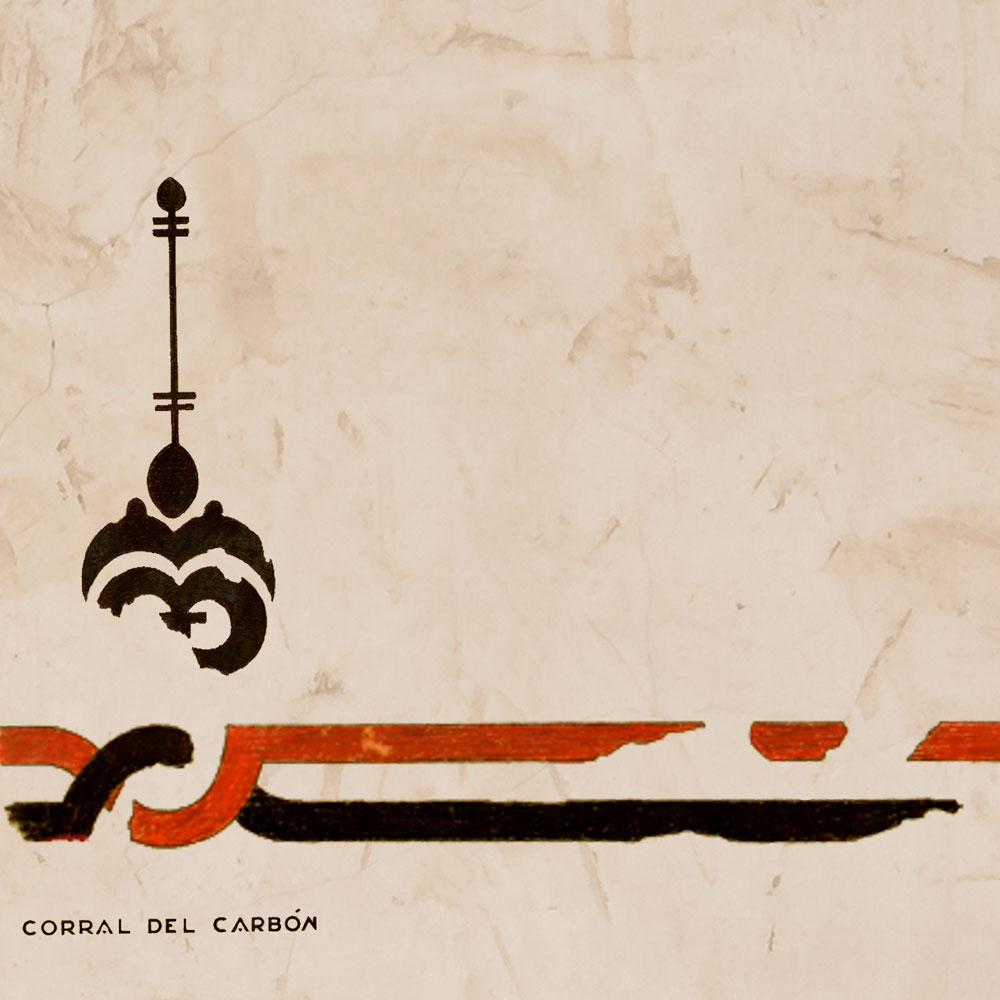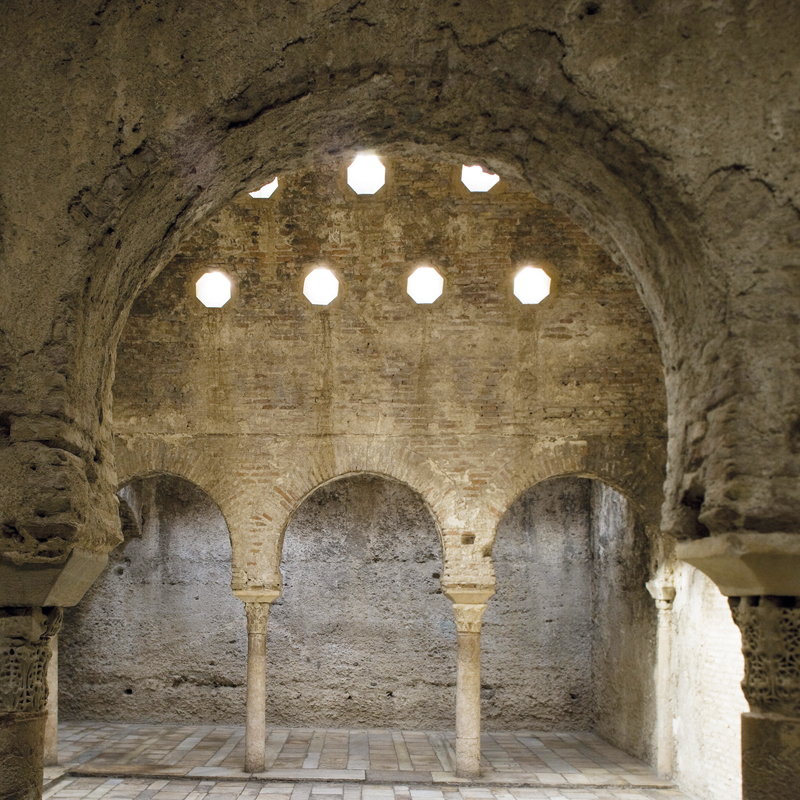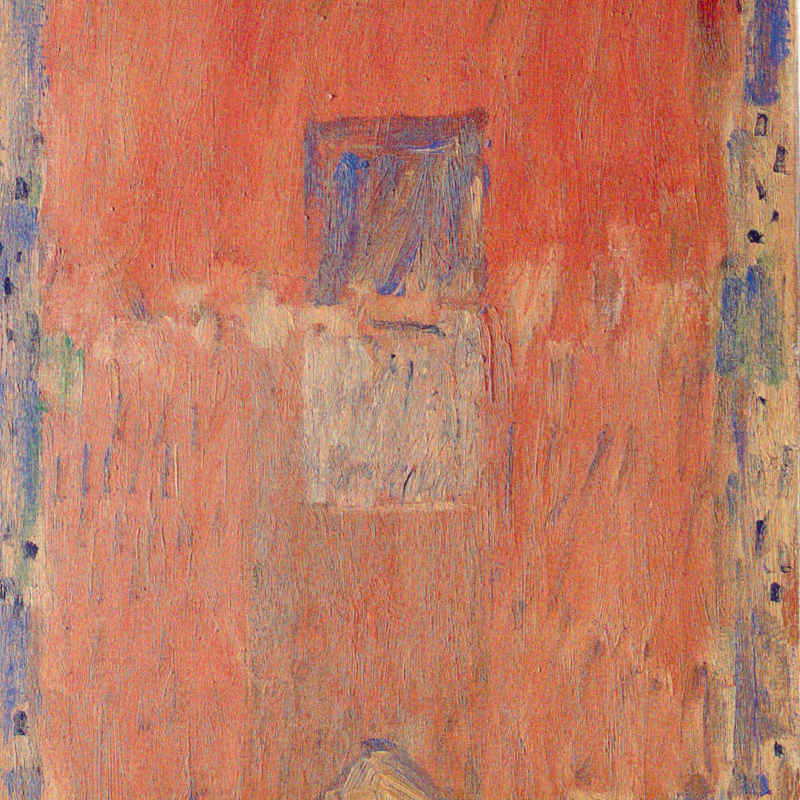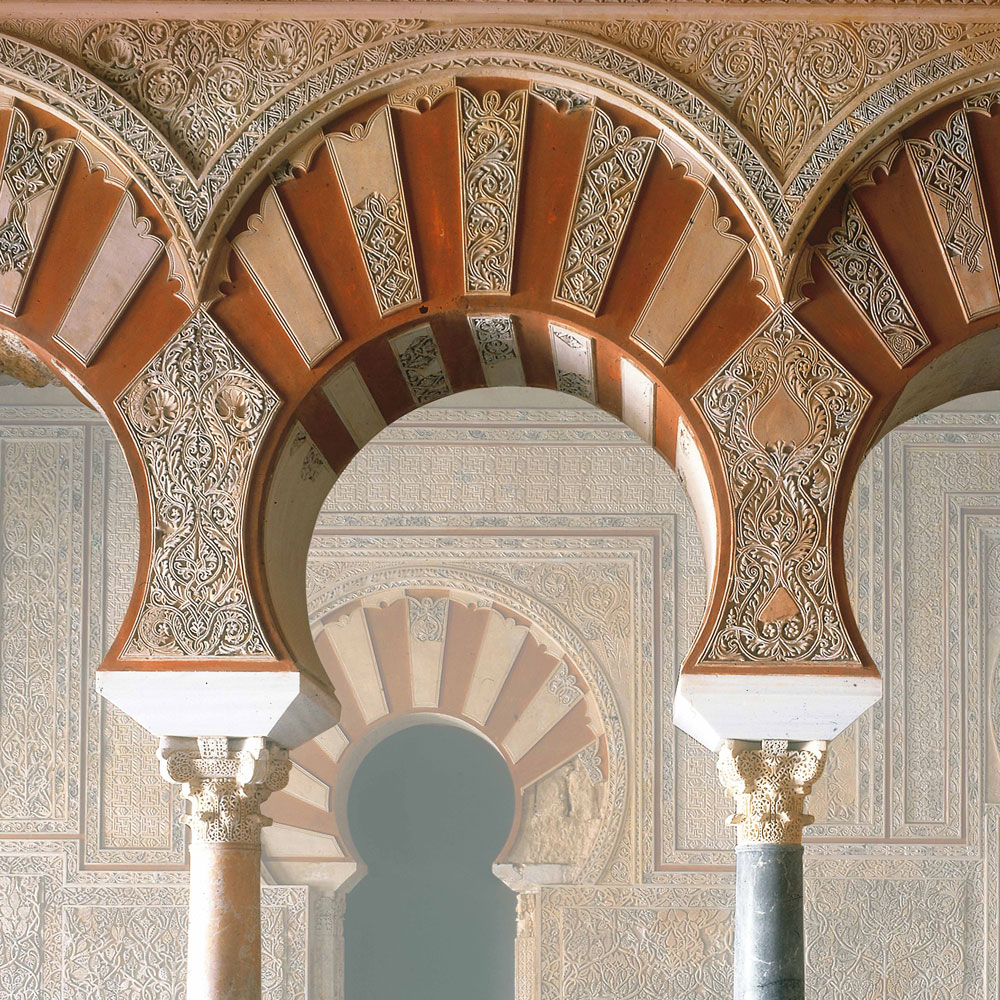Amazigh Jewellery
Identity of the Berber Peoples.
Dezcallar de Mazarredo Collection
From June 12th 2024 to January 17 th 2025
Schedule: Monday to Friday. From 9 a.m. to – 3 pm.
Headquarters of the El legado andalusí Foundation at the Corral del Carbón. C/ Mariana Pineda, s/n. Granada
Jewellery holds deep symbolic significance for the Amazigh peoples, traditionally known as Berbers, who have inhabited North Africa since ancient times, ranging from the Siwa Oasis in Egypt to the east, to the Atlantic Ocean and the Canary Islands to the west. They have also settled along the Mediterranean coast in the north and across the southern regions of the Sahara Desert and the Niger River basin in the south.
Throughout history, these communities have maintained extensive interactions with the inhabitants of the Iberian Peninsula, particularly during the period of al-Andalus. In Granada, during the 11th century, the Amazigh influence was particularly significant, when a Berber dynasty from present-day Algeria, the Zirids, ruled the taifa kingdom of Granada and chose to relocate the capital from Madinat Ilbira to Granada. This transformation turned it into a “madina”, supplied with numerous structures that continue to shape the city’s present-day layout.
This jewellery, primarily worn by women, serves as a rich source of information about the Amazigh people. The diverse range of techniques such as filigree, enamelling, engraving, casting, niello, and the array of materials including silver, coral, gemstones, coins, glass or plastic beads, and leather, all contribute to its extensive history and geographical influence stemming from interactions with other Mediterranean and sub-Saharan African cultures. Moreover, it provides valuable insights into their beliefs, as these pieces are believed to possess significant apotropaic qualities: they are often used to attract good fortune and ward off evil. TAdditionally, it offers a glimpse into their economy, as it served as a way to invest savings that could be easily sold if necessary. Furthermore, it reflects their daily habits, as these jewels were notably practical, used to fasten their cloaks in a time when buttons, zippers, or other fasteners were not commonly used. Similarly, they exhibit similar decorative motifs found in other Berber artistic expressions such as carpets, architecture, and even the tattoos on their bodies.
The exhibition features approximately 200 pieces from the collection gathered over many years and travels by the Spanish diplomat Jorge Dezcallar de Mazarredo. It showcases the diverse variety of Amazigh jewellery, including pieces from Libya, Tunisia, Algeria, all the regions of Morocco, and even from Tuareg-populated areas such as Mauritania. The collection encompasses diadems, forehead bands, pendants, earrings, necklaces, pectorals, brooches, amulets and bracelets. These pieces, despite the simplicity of some of their materials, not only exhibit undeniable beauty but also provide valuable insights into the cultures of these neighbouring peoples.
In addition to the jewellery, the exhibition also highlights nine paintings by the artist Jesús Conde Ayala. These oil paintings on metal are inspired by the pieces in the collection. Furthermore, the exhibition is enhanced by a magnificent Berber tapestry on loan from the Secret Berbère Gallery, recently established in Granada.
LThe exhibition is complemented by a 348-page catalogue featuring contributions from eminent experts in the field, including Professor Helena de Felipe from the University of Alcalá, Professor Bilal Sarr from the University of Granada, and Professor Cynthia Becker from the University of Boston. These scholars have conducted diverse studies on the Amazigh world, establishing the bases for the comprehensive presentation of the collection by the Spanish Ambassador, Jorge Dezcallar de Mazarredo.


